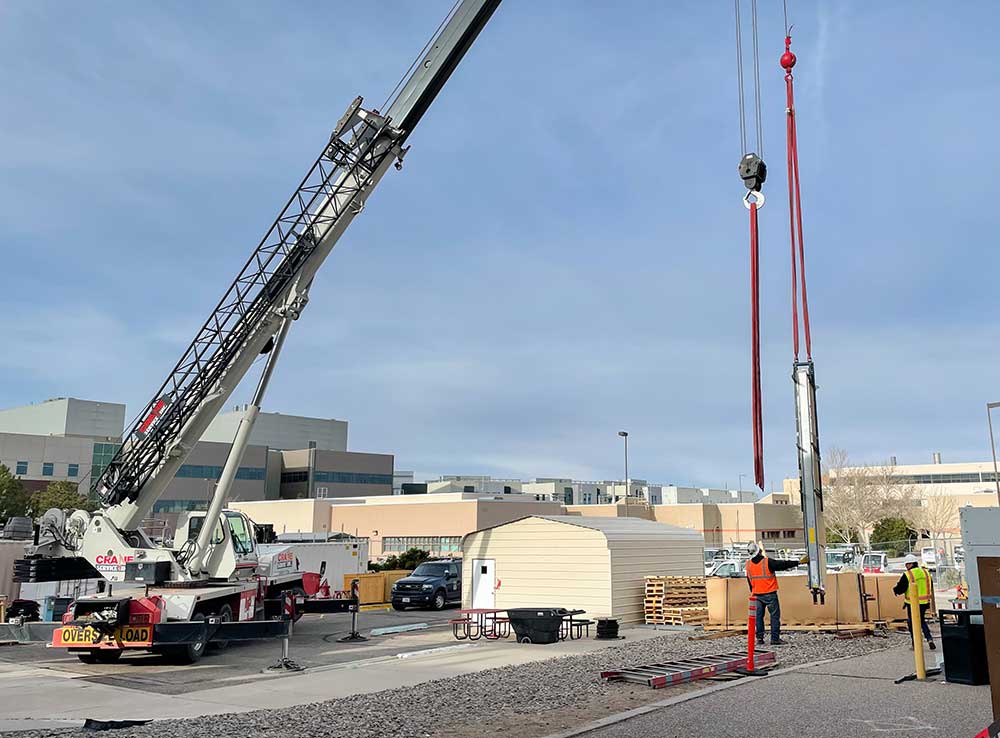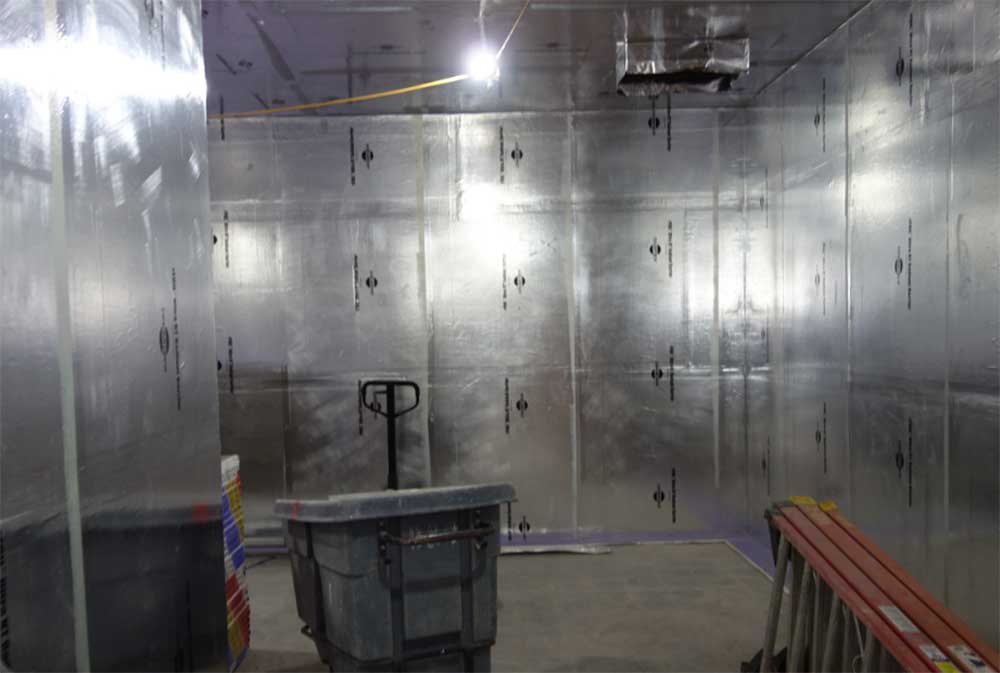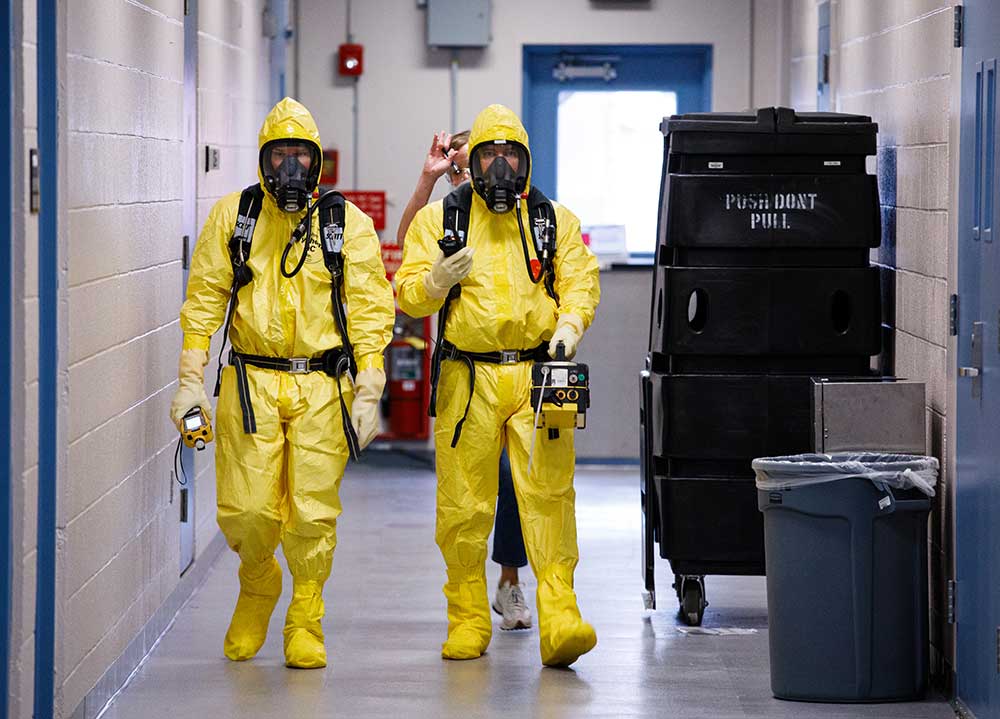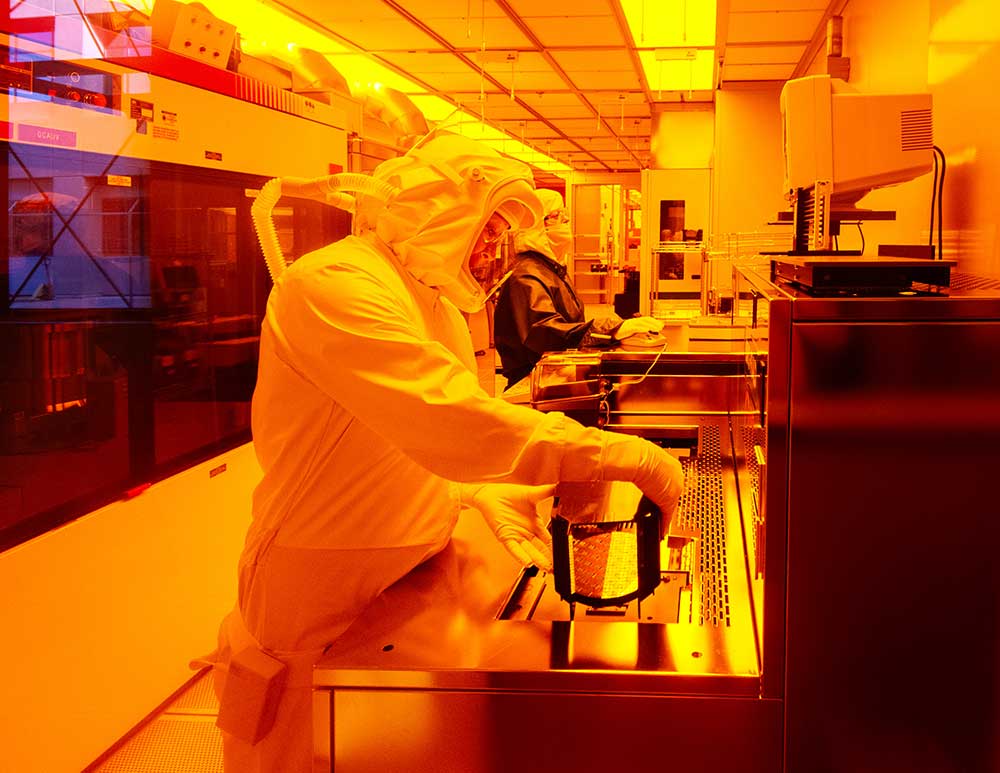
MESA ships more than 46,000 semiconductor parts
Microsystems Engineering, Science and Applications fabricated, packaged, tested and delivered more than 46,000 war reserve and qualification evaluation parts in fiscal year 2023, comprising 24 silicon application-specific integrated circuit deliveries, seven hyper-temporal sensor deliveries and 17 compound semiconductor deliveries, including the largest single MESA delivery to date of over 25,000 heterojunction bipolar transistors. MESA completed life-of-program delivery for the B61-12 and W88-Alt-370 programs. Sandia delivered an application-specific integrated circuit called Panther three months early, enabling use-flight tests a year before originally scheduled. • 5000
MESA Extended Life Program
The Microsystems Engineering, Science and Applications Extended Life Program received dedicated NNSA investments to sustain MESA capabilities for the third year. Stakeholders from several divisions collaborated to successfully demonstrate program effectiveness, which helped to secure additional midyear funding to address safety and single point failure risks, and expedite future projects. Because of the program’s success, MESA is sharing lessons learned with other areas to enable Labswide development of extended life program strategies. • 4000, 5000, 10000
Threat Informed Mindset fundamentals
Working with the nuclear deterrence community and the Weapon Intern Program, the Threat Informed Programs team developed a training class, “Threat Informed Mindset,” and incorporated it into the intern program curriculum. The training strengthens intern ties to nuclear deterrence experts and future leaders, extends threat awareness to the broader Labs community and influences organizational culture to consider design threats at a program’s inception. • 5000
Cyber research for mission
Through a sponsor-funded research program, Sandia’s cybersecurity team successfully delivered 60 technology transitions aligned to sponsor missions with contributions from multiple divisions. This sponsor-funded portfolio spans multiple cyber-research areas in hardware and software security, machine learning, artificial intelligence, mission analytics, computer and network security, mobile systems and human factors research. It comprises more than 20 projects across multiple centers. • 1000, 5000, 8000, 9000
Knowledge transfer across the DOE complex
Sandia’s High Security Operations team has shared knowledge and experience with laboratories across the DOE complex. The National Renewable Energy Laboratory and Savannah River Site are establishing analogous High Security Operations processes and solicited Sandia’s guidance to inform their designs. The High Security Operations team also paved the way for the National Renewable Energy Laboratory to understand how to build facilities to meet complex sets of requirements. Sandia helped their team submit required documentation and obtain approvals for building their first high-security facility. • 5000, 10000, NREL, SRS
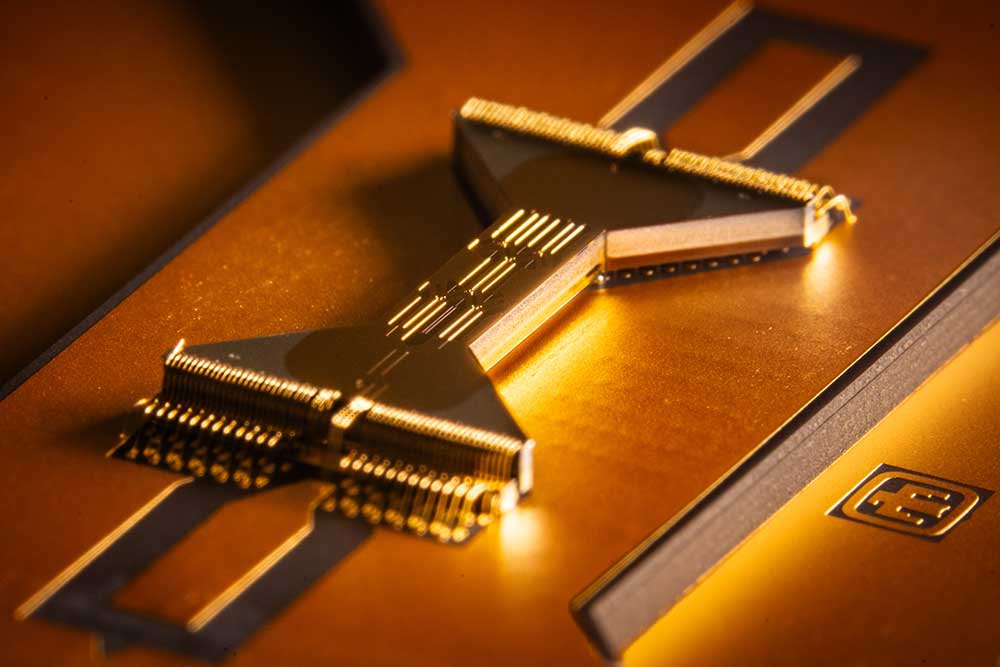
The Enchilada Trap
Sandia designed, fabricated and tested the Enchilada Trap to support quantum computing experiments with trapped ions. It was developed in collaboration with Duke University for the Quantum System Accelerator, a U.S. National Quantum Information Science Research Center funded by DOE. It uses more than 300 electrodes to trap and store up to 200 ions. The number of electrodes and capacity to store ions in the Enchilada Trap makes it one of the most sophisticated ion traps created for use in quantum computers. • 5000
Securing critical firmware with HALucinator
Sandia used HALucinator, a firmware emulation tool, to enable academic, industrial and U.S. government firmware emulation research; create the first full “firmware in the loop” cyber-physical simulations, removing the need for specialized, expensive hardware to understand the impact of cyberattacks on physical systems such as the electric grid; create automated vulnerability discovery techniques and accelerate development of security enhancements; and mitigate vulnerabilities in firmware, with applications for DOD and civilian systems. Purdue University, the University of California, Santa Barbara, and Sandia co-created HALucinator in 2018. • 5000, LDRD
Labs team leads AI risks training
A cross-center team of Counter-Adversarial Machine Learning and cybersecurity researchers developed a methodology to assess the risks and vulnerabilities of artificial intelligence and machine learning systems, and applied it to several Sandia-developed systems. They provided an associated hands-on workshop to a multiorganization and sponsor working group. The audience learned about risk that AI and machine learning could pose to national security systems. The training is available for groups with security concerns for systems that include AI and machine-learning components. • 5000
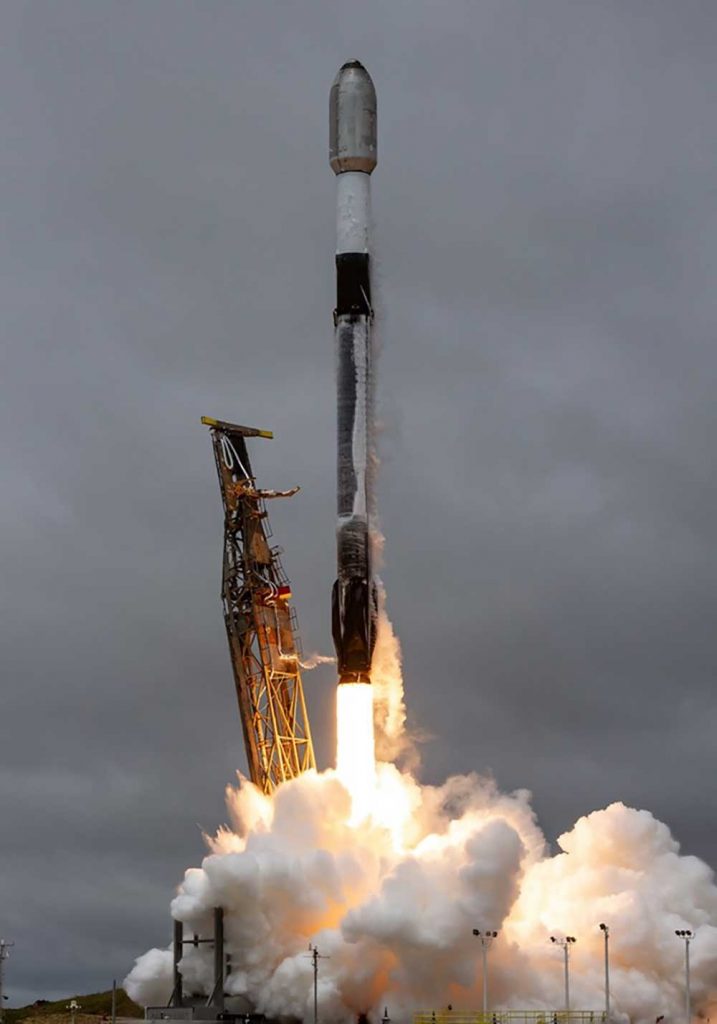
Special communications payload launches into space
The Drifter vehicle with a Sandia-developed advanced radio frequency communications payload on board launched from Vandenberg Space Force Base on the SpaceX Transporter-8 mission. A cross-division team that included Sandia’s Advanced Special-Comms Systems group; Ground Station Development, Deployment and Data Analytics team; and Flight Edge Compute System Research and Development team successfully completed bus commissioning while overcoming anomalies. The payload is orbiting as a capability testing vehicle, demonstrating Drifter’s special communications capabilities on a spaceborne platform. • 5000, 6000
Accelerated decision-making for warfighters
Sandia teams deployed and supported integration of their flagship automated target recognition and automated precision geolocation tools in support of the U.S. Air Force Intelligence, Surveillance and Reconnaissance mission. Recent upgrades include an increase in the number of platforms and targets supported, a reduction in processing time, and a significant boost in target identification confidence and location accuracy to accelerate decision-making by warfighters to meet a broad and diverse set of operational needs. Several Sandia teams collaborated to develop these tools for national security missions. • 5000
Real-time, GPS-independent navigation
Halcyon technology correlates radar measurements against local terrain relief maps to navigate an aircraft without the need for GPS. Sandia’s Pointing, Navigation and Timing Resilience Group successfully demonstrated stable and accurate GPS-independent real-time navigation of an aircraft flight using Halcyon technology. The test concluded an intensive research and development sprint that used expertise across Sandia’s Radio Frequency and Electronics Center, taking the technology from initial concept to demonstration in less than 18 months. • 5000
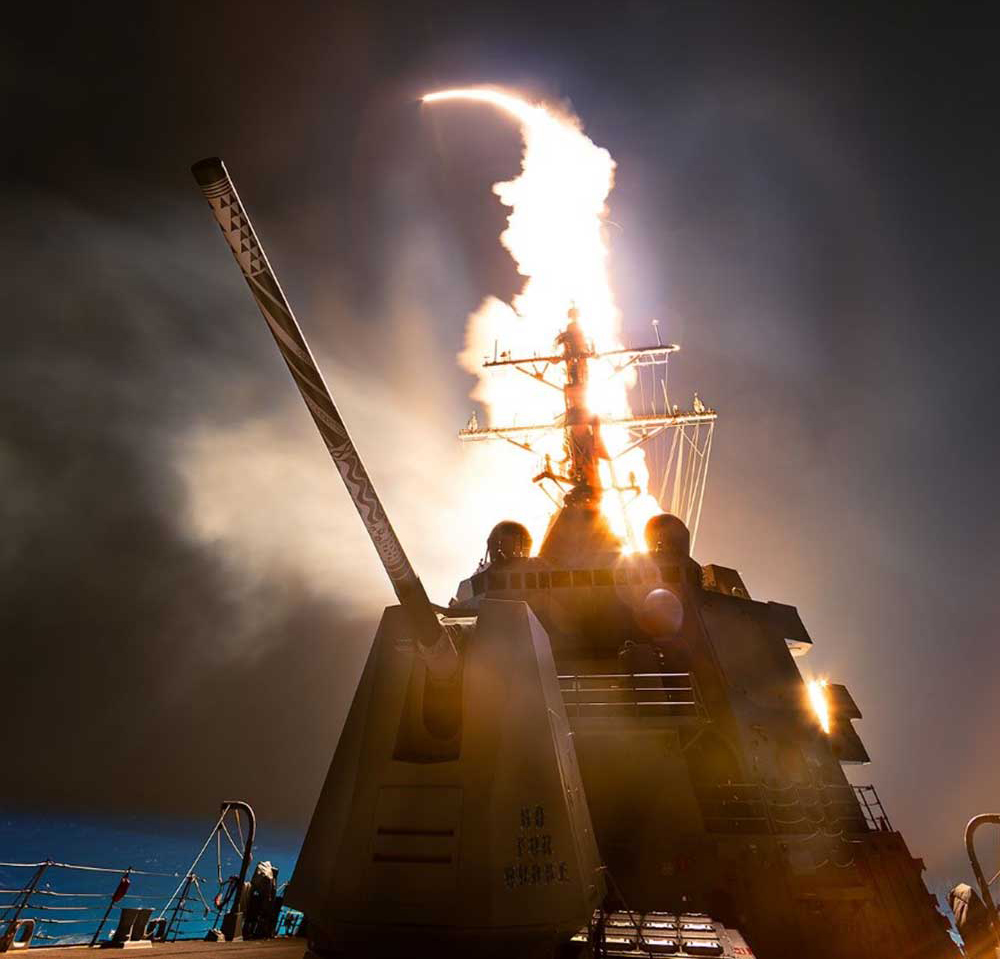
Rocketeers continue to excel
Sandia’s 60-plus-year legacy in successfully designing, building and flying rockets lives on after teams demonstrated numerous missile system and launch events at ranges across the country. Sponsors for the campaigns included the Missile Defense Agency, the Navy’s Conventional Prompt Strike and the Army’s Long Range Hypersonic Weapon programs. Sandia also is a key partner in the industry-led Multi-Service Advanced Capability Hypersonic Test Bed and High Operational Tempo programs, and conducted several sounding rocket tests to advance the nation’s hypersonic capability. • 5000
MESA hosts full-scale emergency exercise
Sandia conducted a full-scale emergency response exercise at the Microsystems Engineering, Science and Applications Complex to evaluate the effectiveness of the Labs’ response through implementation of the site’s plans and procedures. The exercise involved 150 players and 80 observers with 105 objectives evaluated. The MESA Emergency Response Team participated and received acknowledgment for noteworthy practices. MESA personnel supported development of a realistic scenario while minimizing operational impacts and facility downtime. Emergency Management and the Emergency Response Team considered the exercise a success. • 3000, 4000, 5000
Sandia team meets urgent national security need
Sandia’s Next-Generation Communications Solution group designed, prototyped and tested a radio frequency communications device designed to operate in extreme environments under severe size, weight and power constraints. The device was designed using state-of-the-art engineering methods, tools and commercial off-the-shelf components to meet an urgent national security need. • 5000
Faster electronic mission device approvals
Sandia’s High Security Operations team partnered with the DOE Office of Intelligence and Counterintelligence to gain local approval authority for electronic mission devices to come into high-security facilities to support Sandia’s national security missions. The team now has authority to understand, mitigate and manage risks locally. This created efficiencies by drastically decreasing approval times, reducing DOE resources needed and increasing mission productivity on time-sensitive national security projects. • 5000

Airborne radar data collected, verified
Raging Octopus, a government-funded project focused on gathering and analyzing airborne radar data, successfully collected maritime airborne radar data in collaboration with government partners during a crucial exercise to evaluate emerging technology. Data was collected to evaluate, analyze and compare flight test results with the Radar Analysis, Modeling, Simulation and Emulation Suite, a software suite that provides synthetic aperture radar. The software developed a radar model and simulated the airborne data to verify system performance. • 5000
